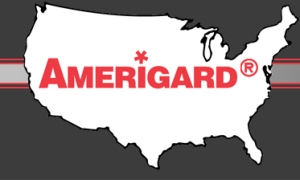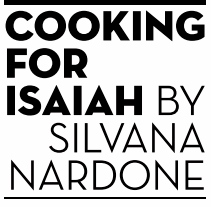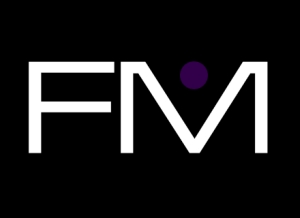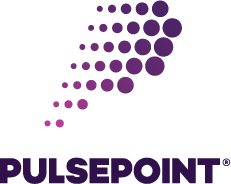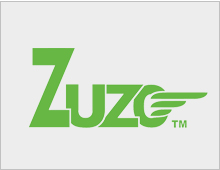What is the most important thing that a trade mark attorney can do for you? If you answered score you tickets to the Brooklyn Nets home opener, you answered correctly. The second most important thing that trademark attorneys can do for you is to clear your mark before you start using it. Registering a trademark is broken down into two components: clearance and filing. Filing is the easy part. Yes, there are rules to follow and hurdles to overcome in the filing process, but the threshold question when choosing a new trademark is, and always should be, is the trademark that you have selected available for your use in the manner in which you propose to use it. In other words, is there someone else who has a trademark that’s identical or confusingly similar to yours. Failure properly to clear a trademark can have adverse consequences ranging from a rejected trademark application, having an application opposed, receiving a cease and desist letter, being sued for trademark infringement, and being forced to rebrand. The costs of properly clearing a trademark application are modest compared to the costs of hiring a lawyer to defend a lawsuit, paying damages, and rebranding.
When most clients think about filing for a trademark, they think of the application process, not clearance. A number of online trademark filing services focus on the filing part of the process, without conducting a meaningful clearance search or explaining the risks of adopting a mark without clearance. Although high volume automated filing services appear to make the trademark application process more affordable, they fail utterly in educating clients about the risks of adopting trademarks without proper clearance. Even obtaining a trademark registration does not mean that the client is clear to use the mark, as other parties may have superior common law rights, and may still file a cancellation proceeding or infringement litigation. That said, if a client has no budget to conduct a clearance search, that client can make the decision to take on extra risk, but the decision should always be made knowingly.
